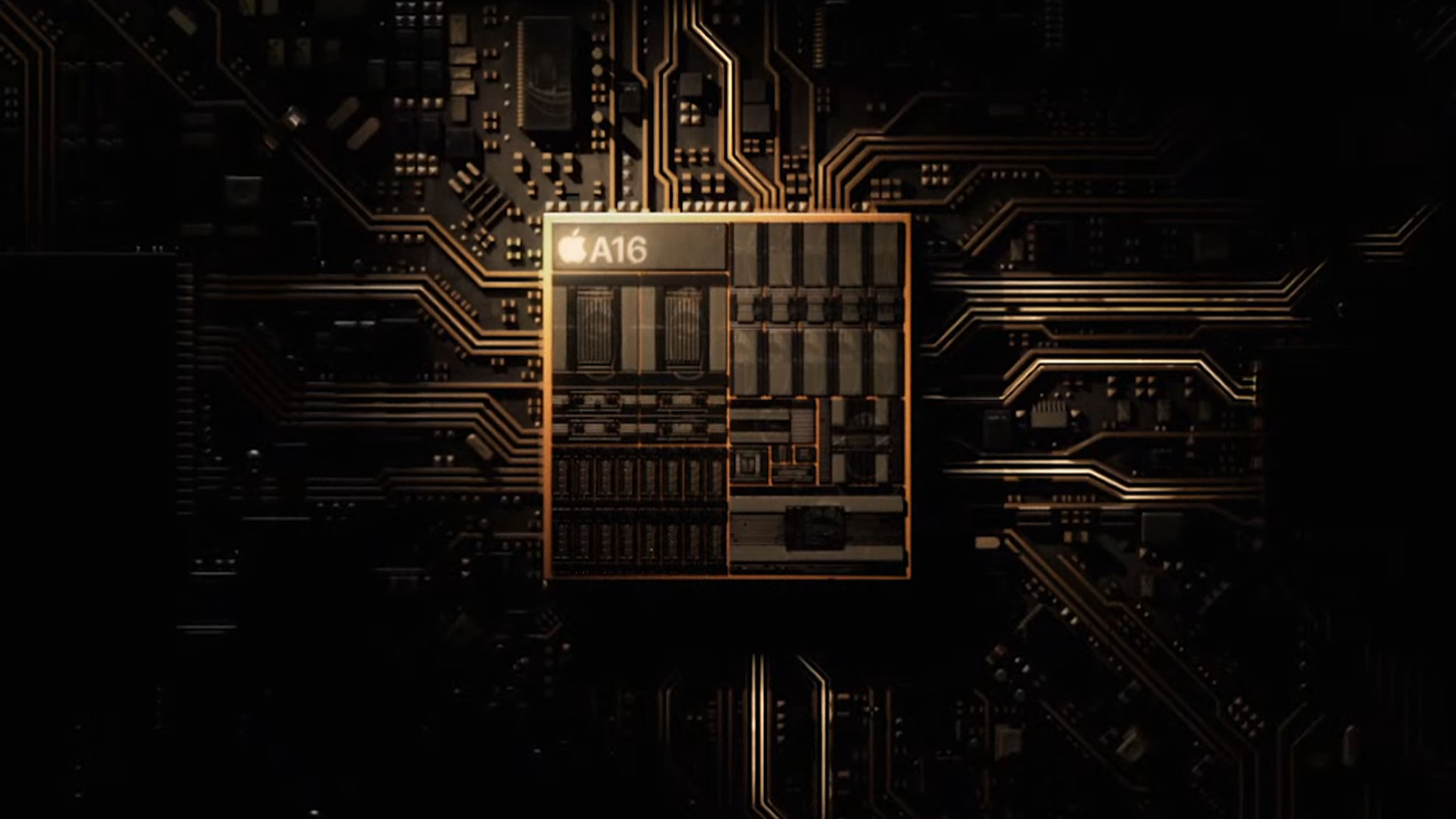Huge A16 Bionic chip cost explains why it's an iPhone 14 Pro exclusive
How much?!

Only Apple's iPhone 14 Pro and iPhone 14 Pro Max got the A16 Bionic this year, likely because it costs a fortune.
With iPhone 14 and iPhone 14 Plus getting last year's A15 Bionic, a new Nikkei Asia report might have hit on why — the A16 Bionic simply costs too much. In fact, that report claims that an A16 Bionic chip costs Apple $110 to produce.
So many dollars
The same report notes that the $110 asking price for an A16 Bionic makes it more than 2.4x the price of an A15 Bionic chip, potentially explaining Apple's decision to only put it in its highest of high-end iPhones this year.
The reason for the cost? Likely Apple's move to TSMC's 4nm manufacturing process compared to the older 5nm process used to produce the A15 Bionic. Whether that extra cost is worth it is a subject for debate with iPhone 14 Pro benchmarks showing only a marginal performance improvement over last year's iPhone 13 and A15 Bionic chip. However, the new chip is likely drawing less power and generating less heat as a result of that manufacturing change — two things that are always beneficial in a mobile device like an iPhone.
Overall, Nikkei Asia's report has the iPhone 14 series costing around 20% more to produce than the previous costliest iPhone despite prices having not increased in Apple's homeland. International iPhone 14 prices did increase, however, although that was thanks to inflation and the currency conversion situation in specific countries.
All this aside, the latest models are the best iPhones has ever produced, particularly the iPhone 14 Pro models with their new 48-megapixel camera, Dynamic Island, and Always-On Display.
iMore offers spot-on advice and guidance from our team of experts, with decades of Apple device experience to lean on. Learn more with iMore!

Oliver Haslam has written about Apple and the wider technology business for more than a decade with bylines on How-To Geek, PC Mag, iDownloadBlog, and many more. He has also been published in print for Macworld, including cover stories. At iMore, Oliver is involved in daily news coverage and, not being short of opinions, has been known to 'explain' those thoughts in more detail, too.
Having grown up using PCs and spending far too much money on graphics card and flashy RAM, Oliver switched to the Mac with a G5 iMac and hasn't looked back. Since then he's seen the growth of the smartphone world, backed by iPhone, and new product categories come and go. Current expertise includes iOS, macOS, streaming services, and pretty much anything that has a battery or plugs into a wall. Oliver also covers mobile gaming for iMore, with Apple Arcade a particular focus. He's been gaming since the Atari 2600 days and still struggles to comprehend the fact he can play console quality titles on his pocket computer.
